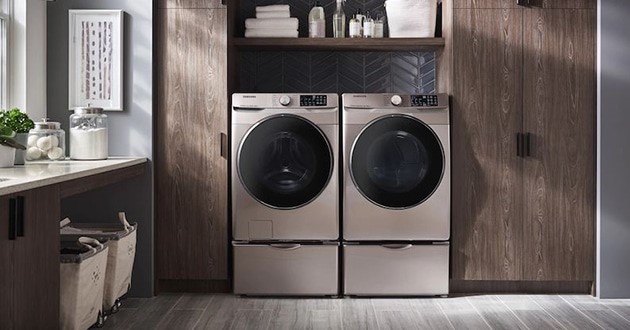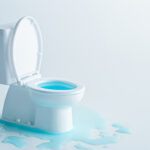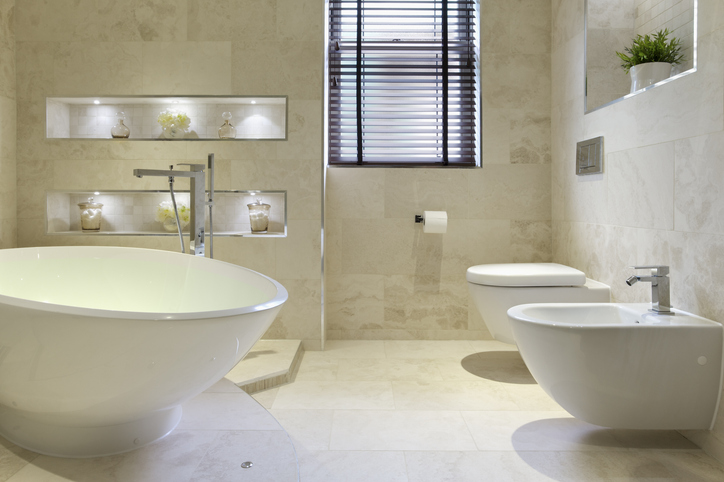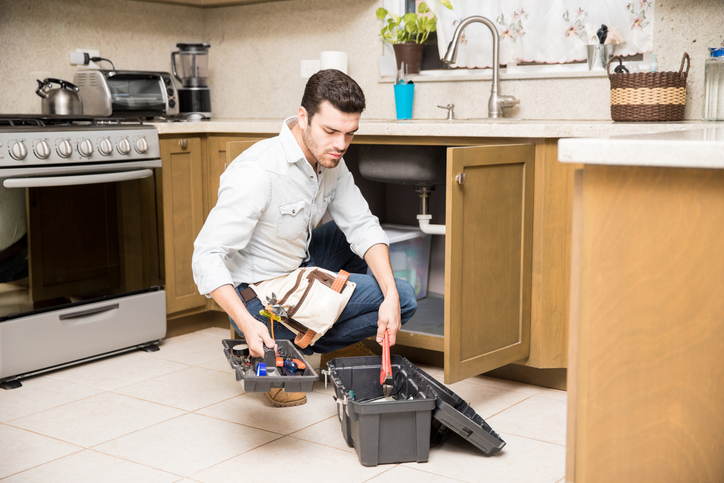When you want fresh, clean water, there’s no magic involved. You simply turn on a faucet, shower head, or water-using appliance. That’s here. In other parts of the world, people aren’t nearly as fortunate.
Knowing that, it’s wise to make the best and most judicious use of water you can. Use what you need, conserve what you can.
Well, that applies to your next washing machine, too. While the average washing machine accounts for approximately 17 percent of a home’s total water usage, the type of washing machine you choose can greatly reduce – or increase – that number.
Read on as we compare the different types of washing machines available today and their water consumption.

Standard Top-Loader
A standard top-loading washing machine uses around 30 gallons of water per load, with older models using up to 45 gallons. But water is not the only consideration; if you have an older model, you’re likely also paying more to heat the water. And the more water needed to fill the drum, the higher the electrical bill.
Full-Size Energy Star
Some Energy Star rated washing machines use as little as 7 gallons of water per load, while the average is around 14. Full-size Energy Star models also consume approximately 25 percent less energy so, once again, making such a purchase will lower more than your water bill. In total, you can save about $375 during the machine’s equipment life.
Front-Loading Washing Machine
A front-loading machine uses significantly less water than a top-loader. Going with an Energy Star top-loader can reduce water consumption to about 20 gallons versus 30 to 45 gallons with a standard top-loader. However, a high-efficiency Energy Star rated front-loader is the most efficient option, with some models using as little as 7 gallons per load.
Other Factors to Consider
- Capacity – In general, the larger the capacity, the more water is needed to complete a load. On the plus side, a larger tub holds more clothing and bedding so you’re likely to run fewer loads to make a clean sweep.
- Load Size – Running smaller loads may use less water per load, but it’s the least efficient way to do laundry. To get the most bang for your buck, run full loads but not so full that water and detergent can’t circulate properly to get your clothes clean.
- Cycles – Washing machines feature different wash cycles for different clothing types. Some require more water while others less. Choose the wash cycle that best matches your laundry type and level of soil.
- Extra Rinse – Not surprisingly, selecting the extra rinse setting requires the tub to refill with water. Only use this setting when necessary.
So why is a plumbing company talking to you about washing machines, especially since we neither install nor repair them? Simple – we’re all about water conservation too, and we have numerous ways to help you hop on the conservation bandwagon. From low-flush toilets to pressure-assisted toilets, motion sensor faucets, low-flow showerheads, and more, contact Norhio Plumbing to learn how you can save tons of water without sacrificing comfort or convenience.









Leave a Reply